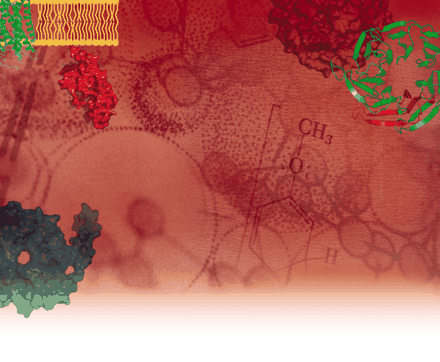The gβγ Dimer as a Novel Source of Selectivity in G-Protein Signaling: GGL-ing AT CONVENTION
Abstract
Heterotrimeric G proteins relay information between cell surface receptors and effector molecules in diverse signaling pathways to mediate critical cellular processes in both physiologic and pathologic conditions. Multiple isoforms of each of the three G protein subunits yield enormous structural and functional diversity. G proteins are thus obvious molecular targets for the therapeutic manipulation of signaling pathways. Their ubiquity among a vast array of G protein–coupled receptor pathways, however, may at first seem to threaten the attractiveness of G proteins as drug targets for specific signaling processes; in order for G proteins to be effective targets, some degree of selectivity must be defined and exploited. Although a great deal has been determined about the functional selectivity of Gα subunits, relatively little is known regarding Gβγ selectivity. In this review, we discuss functional diversity among Gβγ subunits in both receptor coupling and effector activation. The novel functions of Gβ5, in complex with proteins of the GGL domain–containing R7 subfamily of regulators of G protein signaling, are discussed in detail, with specific focus on the potential of the Gβ5–RGS9-2 pair as a therapeutic target in Parkinson’s disease.

- © American Society for Pharmacology and Experimental Theraputics 2004



